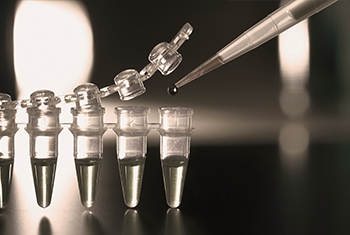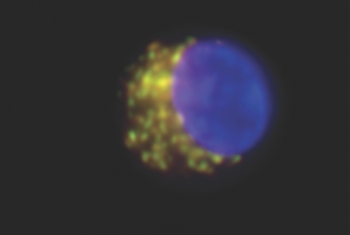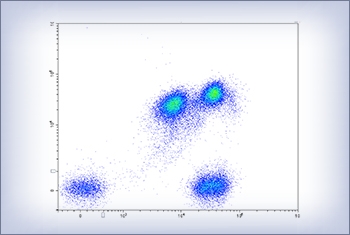
Understanding cancer - one cell at a time
The Kleinman Cancer Cell Sorting Facility provides state of the art instrumentation for the study of cancer cells at single cell resolution. Below we highlight some of the recent advances of Weizmann teams using these approaches.
Flow cytometry, the key approach of the Kleinman Cancer Cell Sorting Facility, is a laser based technology in which individual cells are discriminated from each other using surface markers that are 'read' with the help of specific detection reagents - the so-called monoclonal antibodies. This method allows for the analysis of single cell mixtures by passing them in front of a dye-detector at a speed of a thousand cells per second. Moreover, beyond their identification, individual cells can be sorted for subsequent functional assays, as well as molecular analysis, including transcriptome and epigenome profiling.




